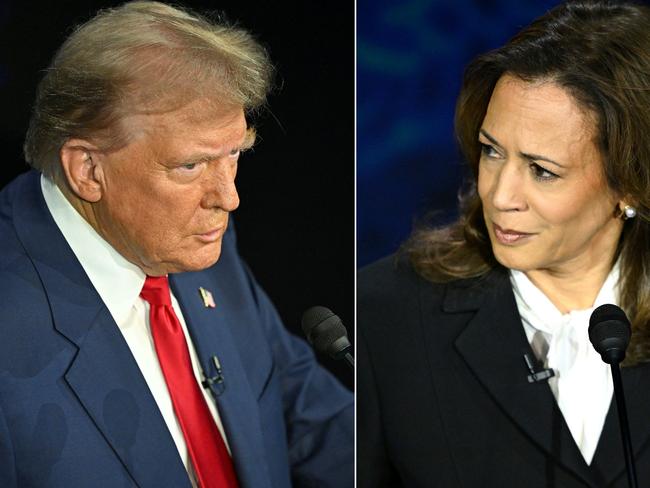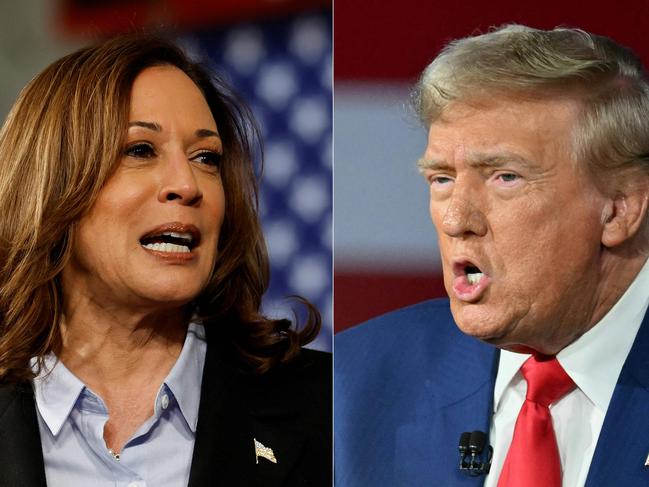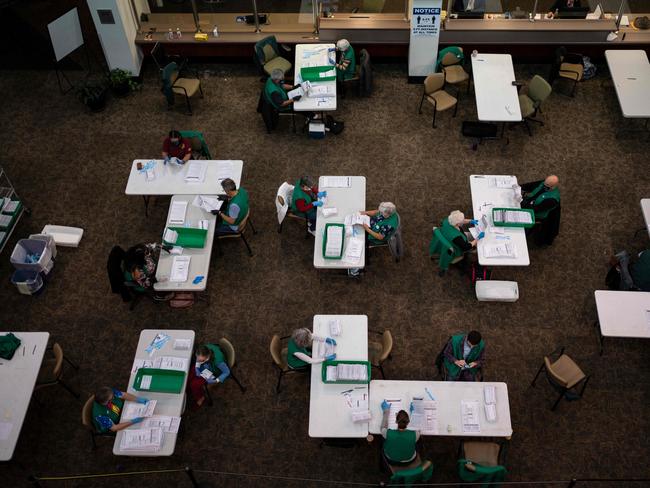How does the electoral college work? US Presidential Election explained
In the US, the candidate with the most votes isn’t always the winner. See how the Electoral College works and watch the video.
The US presidential election is a tight race between Donald Trump and Kamala Harris.
But how do Americans actually choose who ends up in the Oval Office? It’s a simple question with a complicated answer that explains a lot about the campaign itself.

Electoral College: The basics
Voting is not compulsory. Americans who choose to cast a ballot can back the Republican or Democratic presidential nominees, or one of several minor party or independent candidates. Each state then tallies up which candidate receives the most voters from its residents.
The overall winner is determined by the Electoral College, which is a process rather than a place that is made up of 538 ordinary Americans chosen to represent their state.
It was created by America’s Founding Fathers as a compromise between electing the president by a vote of citizens and by a vote of members of Congress.
Who are the electors in the Electoral College?
Electors may be state elected officials, state party leaders, or people in the state that have a personal or political affiliation with their party’s presidential candidate. Choosing each State’s electors is a two-part process. First, the political parties in each State choose slates of potential electors sometime before the general election. Second, during the general election, the voters in each State select their State’s electors by casting their ballots.
How are electoral votes determined
The number of electors for each state is determined by population, so the biggest states have the most: California has 54, Texas has 40, Florida has 30 and New York has 28.
And just about every state has a winner-take-all rule, so that electors hand their support to the candidate who wins the popular vote in their state.
That means a presidential candidate needs 270 Electoral College votes to claim victory.

Why is the Electoral College important?
California and Texas are the biggest states but they are likely automatic victories for the Democrats and Republicans respectively, although the Democrats have long hoped to be competitive in Texas. Most states are similarly predictable, based on past voting patterns.
So Ms Harris starts with 226 likely electoral votes compared to 219 for Mr Trump, with 93 up for grabs across seven states that will determine the ultimate winner.
These are the Rust Belt states of Pennsylvania, Michigan and Wisconsin, and the Sun Belt states of Arizona, Nevada, Georgia and North Carolina.
Pennsylvania holds 19 electoral votes, making it the biggest battleground on the map. Combined with Michigan and Wisconsin, these three states are considered part of the Democratic Party’s “blue wall” because winning all three would take Ms Harris to 270.

Who is going to win the US Election in 2024?
It is too close to call but the winner of the popular vote in most states is projected on the night of the election by media outlets, based on their own forecasting models.
This can be controversial, such as when Fox News called Arizona for Joe Biden in 2020, a call that was ultimately correct but which infuriated Mr Trump because of how close the result was.
Each state has its own voting rules and counting procedures, which adds to the uncertainty, and whether the overall victor is decided on the night of the election will likely depend on the vote count reported by the battleground states.
On December 17, the members of the Electoral College meet to hand their support to the candidate who wins their state. In rare cases, electors have defied the outcome and voted for the loser, but the Supreme Court has given the states the power to compel them.
The Electoral College votes are transferred to Washington DC by December 25 before being certified in Congress on January 6. The new president is then sworn in on January 20.

Pros and cons of the Electoral College
The main advantage of the Electoral College system is that smaller states retain influence in the overall result, rather than the candidates focusing solely on those with the most people.
The downside is this places an inordinate amount of power in the battleground states, leaving some Americans who live elsewhere feeling as though their votes do not matter.
This is highlighted by the fact that a presidential candidate can win the national popular vote but still lose the election. In 2016, while Hillary Clinton received three million more votes than Mr Trump, his swing state wins handed him a 304-227 Electoral College victory.
What happens if no presidential candidate gets 270 electoral votes?
There is one other twist: the election could theoretically end in a 269-269 tie in the Electoral College. If that were to occur, the House of Representatives would decide the winner, with its members forming delegations for each state which would each have one vote.
The make-up of the House will likely change after November’s election, but if it remained as it is now, Republicans would control a majority of state delegations and install Mr Trump.
More Coverage
Originally published as How does the electoral college work? US Presidential Election explained



